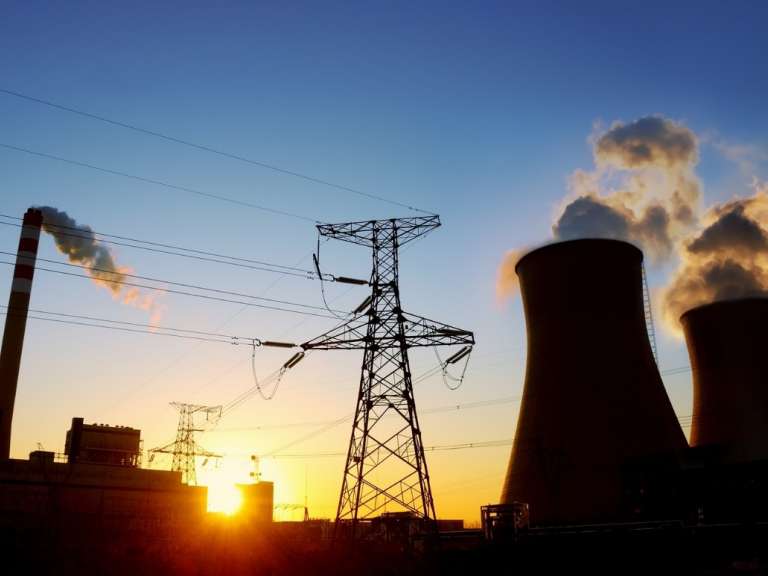The life of a fossil generation asset has historically been rather predictable. When initially constructed, incorporating the most up-to-date advancements that enable higher operating efficiencies and lower variable costs, a new power plant has typically operated as intensively as possible to fully exploit the economic advantages it offers. Over the decades, as generating capacity with even newer technology has been added to the electricity system, incumbent power plants have increasingly gotten squeezed out of the market, running less frequently and at lower capacity levels, until they've become economically unviable and ready for retirement.
Owners and operators of fossil generation assets have always needed to plan for this evolution over a plant's life. However, with the increasing penetration of intermittent renewable energy supplies making wholesale power markets much more complex, it is more critical than ever to develop and pursue mission strategies for each asset that encompass its remaining lifetime—and some strategies that emerge might differ dramatically from those that have been pursued in the past.
New Missions Emerge for Fossil Generation Assets
It used to be the case that the evolution of a fossil generation asset's mission followed a straightforward progression during its lifetime. Traditionally, the new asset started with baseload utilization, running at the most efficient capacity levels as possible to generate as much energy as possible.
Then, the asset operated in intermediate or cycling mode. This involved operating the plant at various set points of output that anticipated changes in electricity demand; modulation intensified as the plant aged.
Finally, it served peaking duty, in which the plant only ran a minority of the time, usually at full capacity at predicted times, and was otherwise shut down—which was the asset's status most frequently as it neared retirement.
With changing wholesale power market conditions, new possibilities for utilizing fossil generation assets are unfolding. Even though, as recent research from the Rocky Mountain Institute indicates, old notions of power plant operations may be getting in the way of advancement.
Instead of proceeding from baseload to intermediate/cycling operation and then to peaking roles that provide combinations of capacity and energy to the wholesale markets, some of these new missions are gaining traction. The new strategies involve more flexible operational modes that provide grid operators with ancillary services to cope with increasing quantities of solar and wind energy. These include:
- Load following, which requires constantly adjusting capacity levels to follow electricity demand, rather than operating in cycling or peaking mode, which both involve arbitrary, predetermined output levels.
- Renewables balancing, which is akin to load following, but, in addition, nets out zero variable cost and involves highly variable renewable energy supplies, while also maintaining system frequency within required tolerances.
- Spinning reserve, which requires the asset to operate in idling mode most of the time and to be turned up to randomly higher output levels at a moment's notice in the event of an unforeseen challenge on the grid.
- Non-spinning grid support, which is similar to spinning reserve, except the plant remains off most of the time, ready to be turned on and synchronized with the grid as quickly as possible if needed.
Choosing a Mission Mainly Depends on Factors Other Than Plant Age
Given the wider range of missions that now exist and the fact that these missions are driven by considerations other than the least variable cost of dispatch, a fossil generation asset's value can depend on a variety of factors minimally related to its age. These primarily relate to a plant's operational flexibility and include:
- Ramp rate, describing the amount a plant's capacity can increase or decrease per minute.
- Minimum turndown, specifying the lowest output level at which the plant can continually run.
- Start-up time, indicating how many minutes are required to synchronize the plant to the grid from cold standby.
Importantly, most of these parameters and others affecting plant flexibility can almost always be improved, though the degree of improvement and the magnitude of the costs involved will be contingent on a plant's intrinsic type, its age, and its operating history. These factors will affect which missions will be more or less attractive, or possibly even viable, for a particular asset.
Imperatives for Fossil Generation Asset Owners and Operators
The challenges posed by integrating intermittent renewable energy into the power grid are stressing the electricity sector. In fact, the International Energy Agency has established a global working group to evaluate and share lessons learned on this topic.
To manage their plants more effectively in this challenging environment, owners and operators of fossil generation assets should:
- Develop a robust perspective on future regional market conditions, including scenarios covering potential regulatory changes and different supply/demand permutations, within which their current fleet may have to operate.
- Evaluate deployment alternatives at the fleet level, comprising combinations of plant-specific missions that would be viable in serving the future market conditions that might eventuate.
- Assess the costs and benefits of implementing enhancements and reconfigurations for each asset that enable changes in mission strategies, which may become necessary for increasing deployment in a more complex operating context.
- Better understand the needs and economics facing regional grid operators, who will be primary customers for the ancillary services produced by many of the new, emerging plant missions.
With these analyses complete, fossil fuel power plant owners and operators will be better able to make capital and operating decisions for their fleet that will create and capture more value under a wider range of conditions with less potential downside.
The power generation landscape is changing, and plant owners will have to adapt fossil generation assets to new mission strategies in order to support an increasingly variable grid. While this transformation is challenging in the short term, savvy plant owners will reap the benefits of it in the long term.
